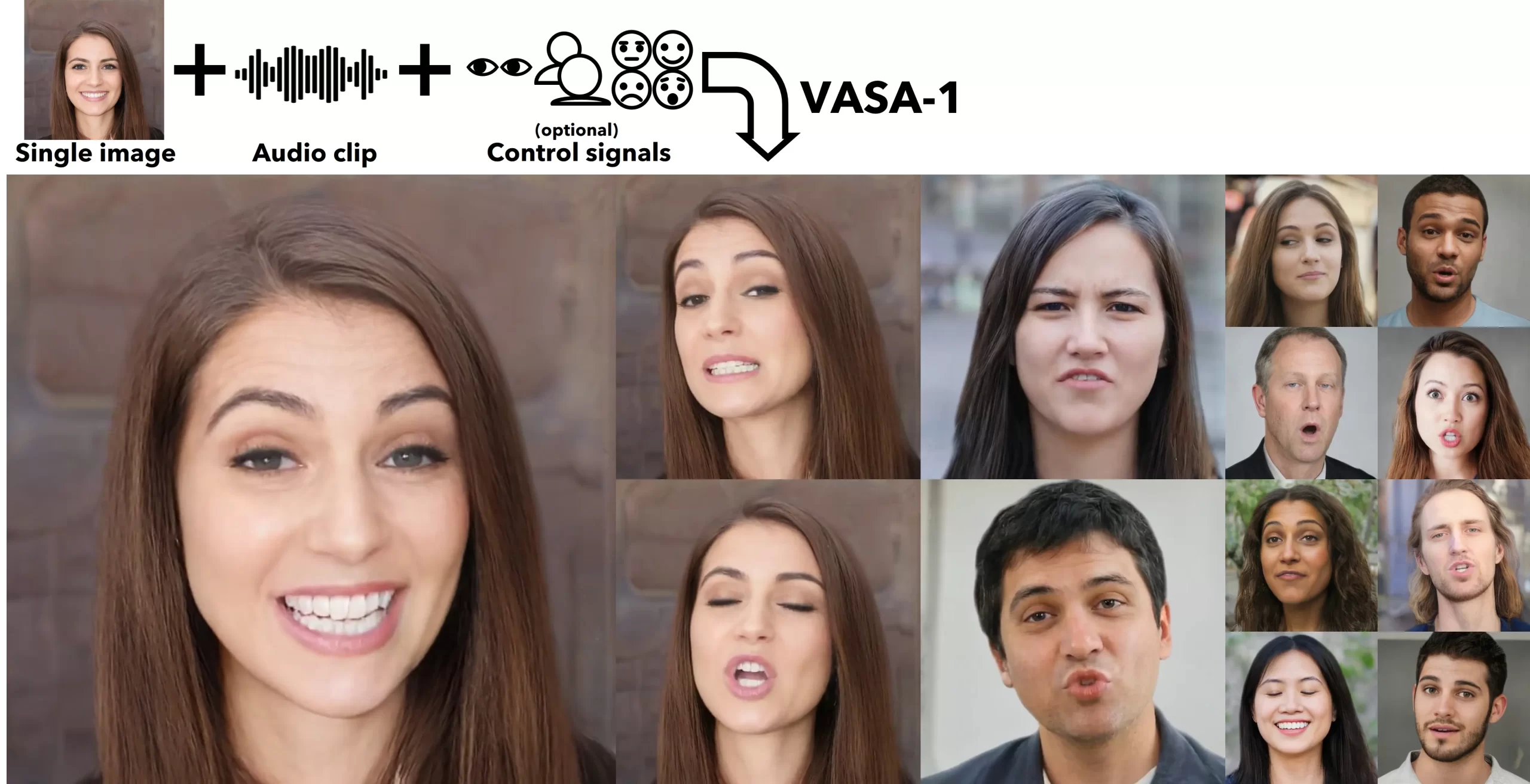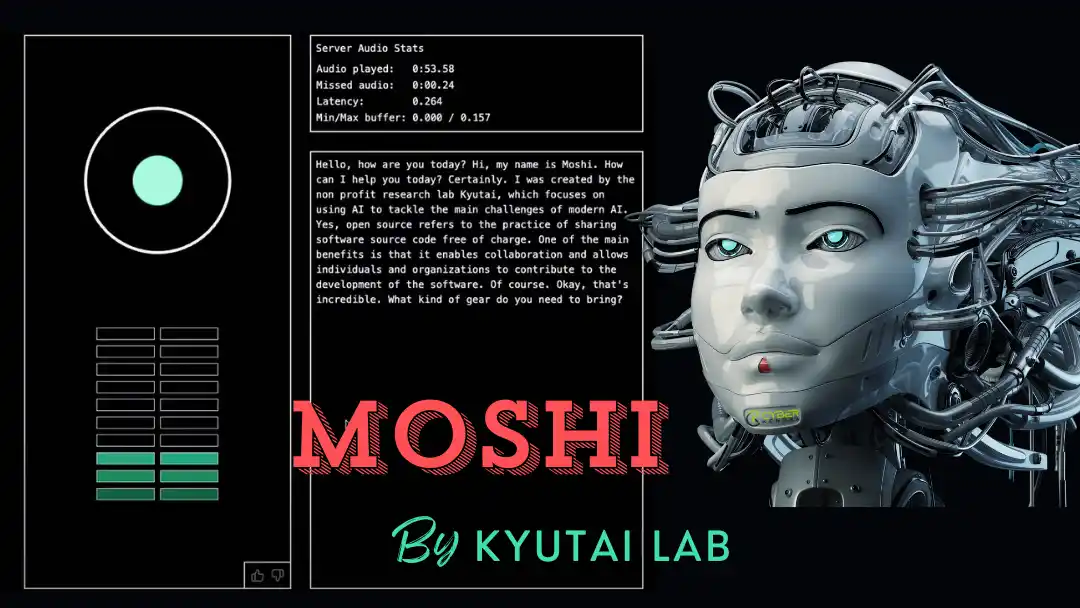In a groundbreaking development, Microsoft Researchers have unveiled VASA-1, a cutting-edge framework capable of generating stunningly lifelike talking faces in real time using just a single static image and an audio clip. This innovative technology not only synchronizes lip movements with the audio input but also captures a wide array of facial nuances and natural head motions, resulting in highly authentic and lively talking face videos.
At the core of VASA-1 lies a diffusion-based holistic facial dynamics and head movement generation model that operates within a face latent space. The researchers have developed this expressive and disentangled face latent space using a vast dataset of face videos. By training the model on this rich dataset, VASA-1 can generate talking faces with an unprecedented level of realism and expressiveness.
One of the key innovations of VASA-1 is its ability to model holistic facial dynamics, including lip motion, non-lip expressions, eye gaze, and blinking, as a single latent variable. This unified approach sets it apart from previous methods that often rely on separate models for different facial aspects. The holistic modelling, combined with jointly learned head motion patterns, enables VASA-1 to generate a diverse range of lifelike and emotive talking behaviours. [PDF]
To further enhance the generation controllability, VASA-1 incorporates optional conditioning signals such as main gaze direction, head distance, and emotion offset. These signals allow for fine-grained control over the generated talking face, making it possible to customize the output according to specific requirements.
The researchers have conducted extensive experiments to evaluate VASA-1’s performance using a set of new metrics. The results demonstrate that VASA-1 significantly outperforms previous methods across various dimensions. It achieves high video quality with realistic facial and head dynamics while supporting the online generation of 512×512 videos at an impressive 40 frames per second with negligible starting latency.
The potential applications of VASA-1 are vast and exciting. It could revolutionize digital communication, making virtual interactions more engaging and immersive. In the field of education, VASA-1 could enable the creation of interactive AI tutors that provide personalized learning experiences. Moreover, it holds promise in healthcare, offering therapeutic support and social interaction for individuals with communicative impairments.
Microsoft’s VASA-1 represents a significant step forward in the realm of lifelike avatar generation. By leveraging advanced diffusion models and a carefully crafted face latent space, the researchers have achieved a level of realism and expressiveness that was previously unattainable. The ability to generate high-quality talking face videos in real-time opens up a world of possibilities for human-computer interaction and communication.
VASA-1 In Action
As technology continues to evolve, we can expect to see even more sophisticated and lifelike avatars that can engage with us in natural and intuitive ways. VASA-1 paves the way for a future where digital AI avatars can emulate human conversational behaviours, fostering more dynamic and empathetic interactions across various domains.
While the researchers acknowledge the potential for misuse, they emphasize their commitment to responsible AI development and the positive impact that VASA-1 can have on society. As we embrace this new era of lifelike talking face generation, it is crucial to ensure that the technology is used ethically and for the betterment of humanity.




